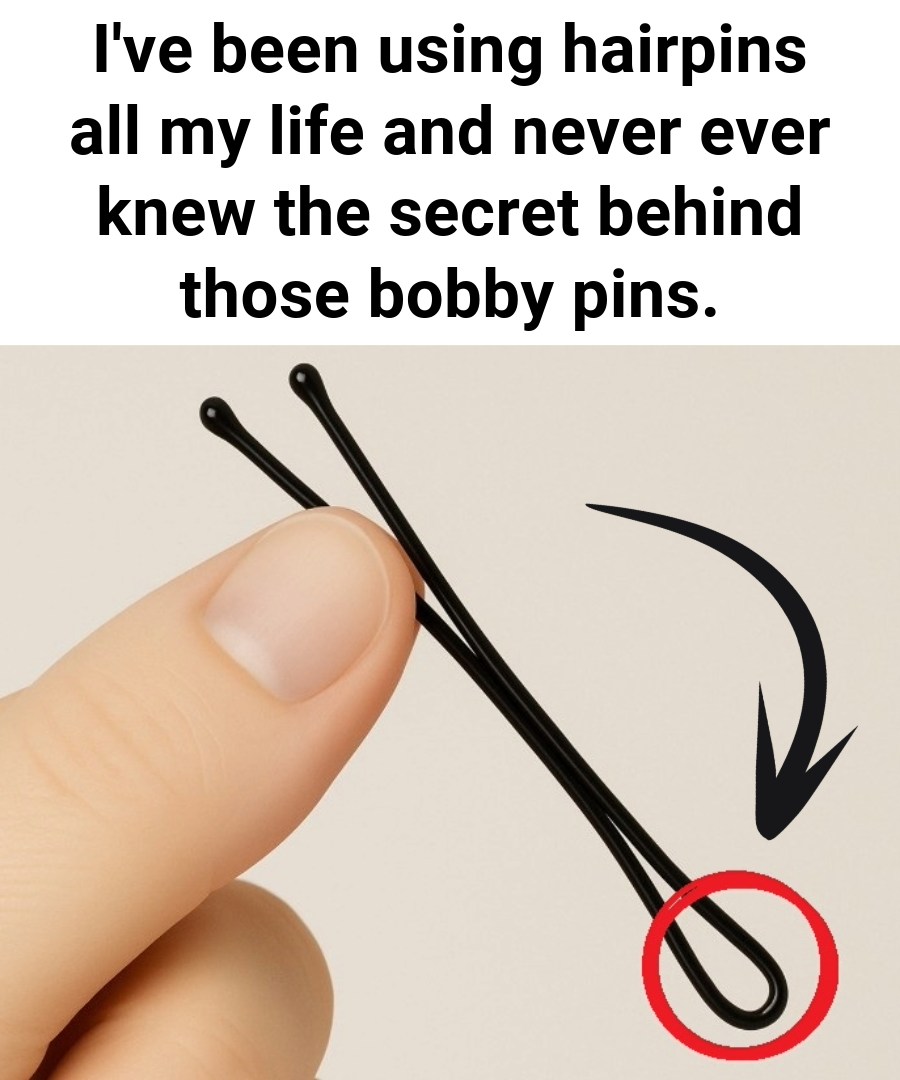For a long time, I didn’t realize there was a right or wrong way to use hairpins—and that changed everything. These tiny metal clips look simple, but they do much more than just hold hair in place. Here’s the surprise: most people wear them backwards.
The side with the little waves is meant to press against your scalp to grip hair better, while the smooth side faces out. I struggled with loose hairstyles for years until I tried this—and suddenly my ponytails and buns stayed perfect.
But beyond hairstyling, hairpins are small lifesavers. They fit in bags, cars, or even pockets, and serve as clever tools when you need quick fixes.
For example, a hairpin can replace a broken zipper pull—just thread it through the missing tab hole and the zipper works again. No bookmark? A bobby pin clips your page. Want to avoid thumb bruises when hammering tiny nails? Hold the nail with a hairpin.
Got no chip clip? Two folded pins seal snack bags tightly. To get every bit of toothpaste, slide a pin up the tube and push the paste forward. These small wins make life easier.
Travelers can use hairpins to eject SIM cards. Clip socks together for laundry to prevent lost mates. Secure slipping sandal straps or neatly wrap tangled earphones with a pin. Press buttons inside tech that need tiny tools with a hairpin.
For makeup lovers, a clean pin can act as a guide for perfect eyeliner wings. Clothes slipping off hangers get stopped by pins clipped to the ends.
Keep a hairpin with a folded bill in your waistband for emergencies. Wrap tissue around a pin tip for cleaning hard-to-reach spots. Lost a button? Use a pretty hairpin to hold your outfit together stylishly.
Remember, hairpins wear down—they’ll bend and lose grip eventually, so swap them out. And try not to yank them roughly from your hair to avoid damage.
A hairpin isn’t just a simple clip—it’s a versatile lifesaver. I have them everywhere now and sharing these little tips always surprises people. Once you discover the full potential of a bobby pin, it becomes your new best friend.


